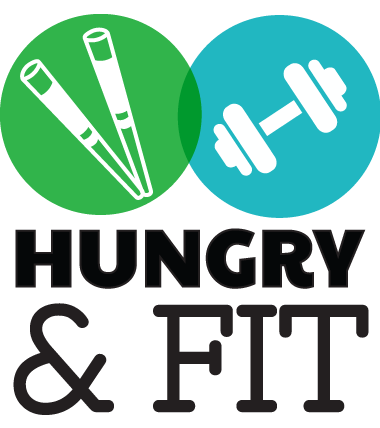The pandemic has ushered in a lot of changes in a very short time. For many of us, social distancing, wearing face masks, and limiting exposure to groups of other people remain the norm. Many businesses are still mandating that employees work from home, and numerous schools are still using a distance-learning model.
Another change that’s happened, this one more positive than most, is that meal kits are flourishing once more. You heard about them first here on Hungry and Fit, and they’ve surged in popularity. That makes sense given the risks involved with simply going to the grocery store these days.
Where does the meal kit industry stand currently and what should you know? We’ll discuss all that below.
The Boom for Meal Kits
Before the pandemic, meal kits were struggling a little. While some companies had made serious inroads and had seen considerable success, some of that was short-lived. Blue Apron is probably the most obvious example – the company’s value had dwindled considerably before the onset of COVID-19.
Today, things are dramatically different. According to Rimma Kats, writing for eMarketer, “Companies like Blue Apron, HelloFresh, and Home Chef are already seeing a flood of new customers. Many first-timers are turning to these services for their convenience and price.”
The Wall Street Journal backs that up. “Meal kits are making a comeback after years of faltering sales,” authors Jaewon Kang and Heather Haddon explain, thanks to families cooking at home and cutting back on grocery runs.
In an article for The Counter, Darren Seifer, executive director and food and beverage analyst for NPD Group, explained, “Enter COVID, and all of a sudden, eight percent of consumers are using meal kits. It looks like the desire to stay inside and avoid crowds, and still have a meal solution as people find themselves cooking more, helped the meal kit sector at least temporarily.”
As you can see, meal kit companies are not just surviving but thriving. The question now becomes whether they can continue that success once the lingering effects of COVID-19 finally fade away. While there’s no way to predict the future, chances are good that they’re going to remain relevant and popular. Why, though? To understand that, we need to delve deeper into some of the things that meal kits offer.
The Trend of Cooking at Home
Since the 1950s, people have been eating out in increasing numbers. That has been good news for restaurants and has fueled the massive growth of eating establishments around the world. However, even before COVID hit, there was a slowly growing trend of more people choosing to eat at home. People cited many reasons for this, including:
- A desire to have more control over the food they eat
- A desire to reconnect with culture/ancestry
- A desire to explore new tastes and new foods
- A desire for healthier, fresher foods
That trend has grown significantly during the pandemic, and chances are good that while many people will return to their pre-COVID eating habits, many will find that they love being able to prepare food at home. Those people will continue to buy through meal kit companies rather than going to the grocery store because of the benefits meal kits bring to the table (literally).
The Benefits of Meal Kits
Meal kits offer a very broad range of benefits. Convenience is probably the most obvious – having delicious, fresh food delivered right to your door is simplicity itself. However, the advantages run so much deeper! They include the following:
- Many meal kit companies source their foods locally, helping to support local farmers and ranchers.
- Local foods are fresher, offering better tasting dishes.
- Local foods are higher in nutrients.
- The recipes provided with each meal are easy to follow and help customers easily create delicious meals.
The Bottom Line
While meal kits have had a rocky start, COVID-19 has helped to spur growth and adoption on the part of consumers. While some people will no doubt cancel their subscriptions when things get back to normal, many will not. The benefits and advantages offered are simply too great, and the ability to easily cook delicious, nutritious food at home is too important for many of us.










